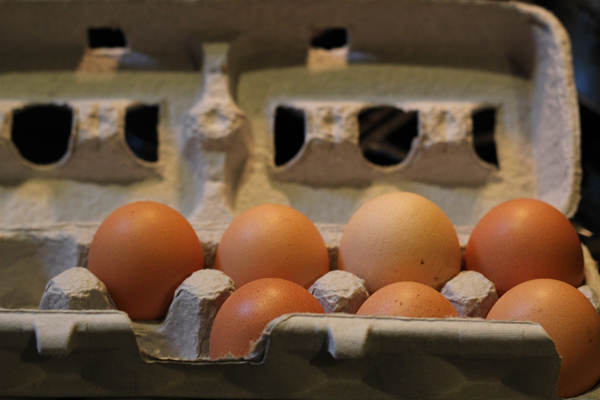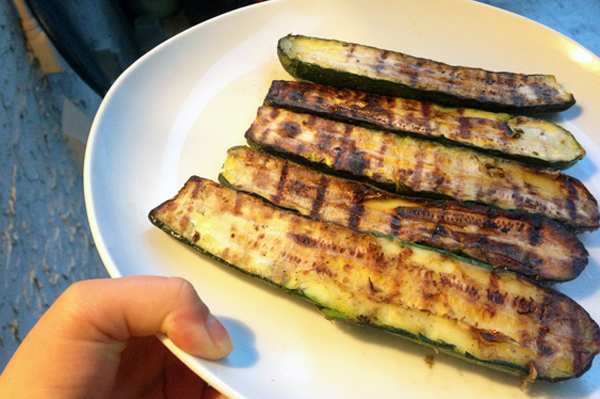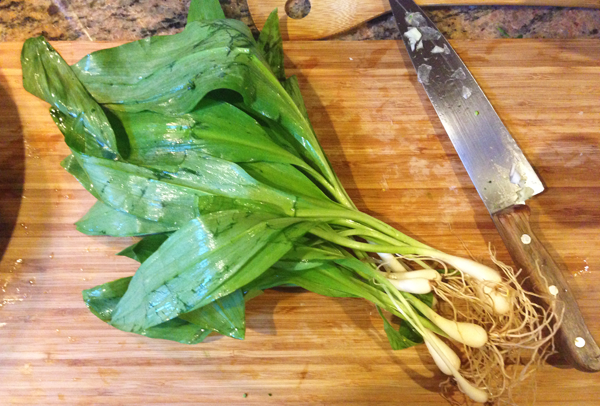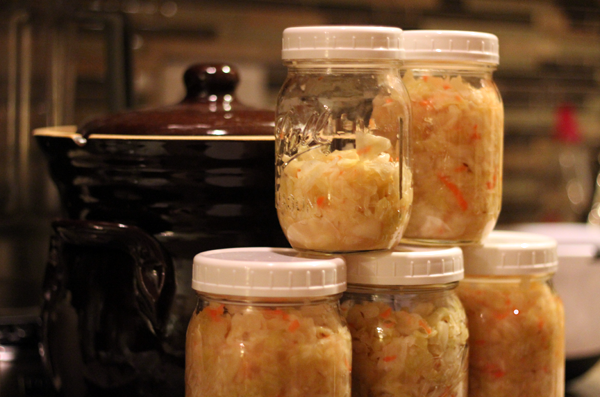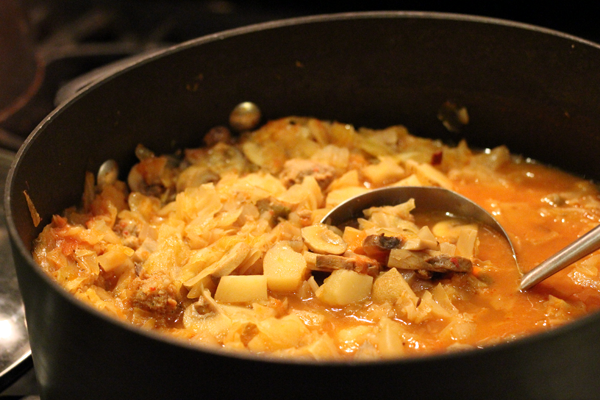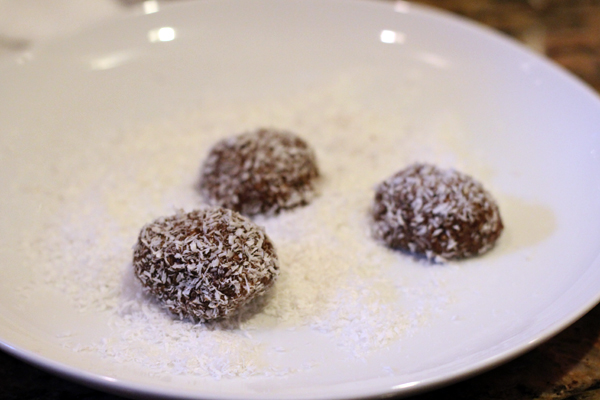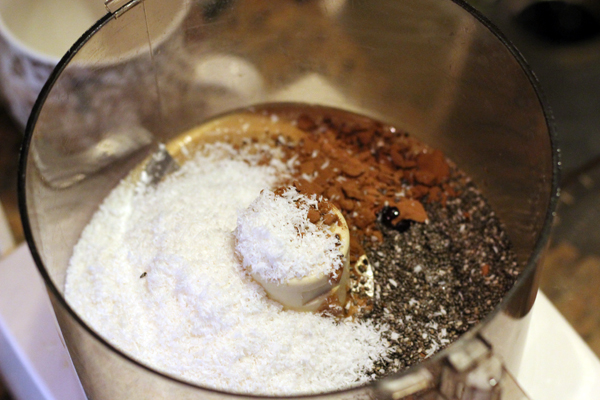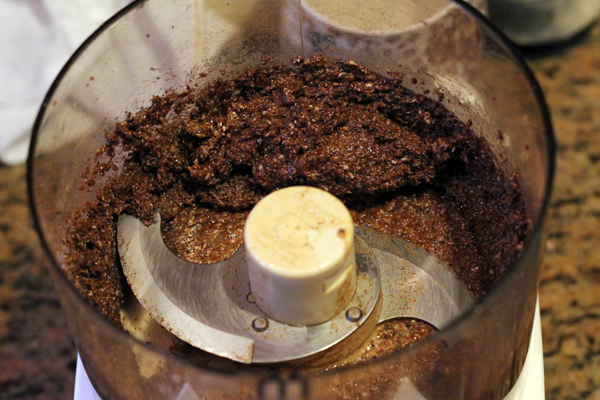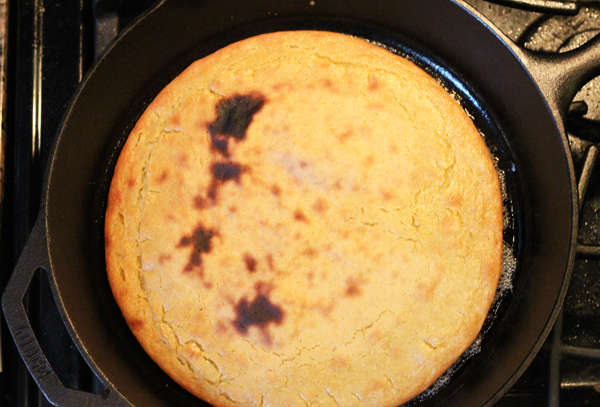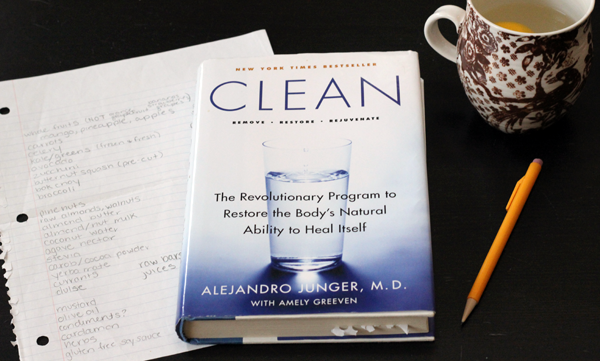Moo Shu may not be the most authentic Chinese dish, but it is one that I love. When I was growing up, my mom would often cook it at home. With savory filling, irresistible sauce, and chewy pancakes – it wasn’t just delicious, it was fun to eat.
Recently, when looking for something easy to make for dinner, a bag of coleslaw mix inspired me to bring Moo Shu back. This time, it’s veggie-based and gluten free (and easily vegan by omitting the egg). Using pre-shredded cabbage and canned jackfruit makes for quick prep, but takes nothing away from this incredibly flavorful and satisfying meal.
Veggie Moo Shu with Homemade Hoisin
Serves 3-4
Ingredients:
Hoisin Sauce (Double for extra sauce.)
- 1/4 cup + 1 tbsp gluten-free tamari
- 1/4 cup tahini (recommend Soom)
- 1 tbsp honey
- 1 tbsp rice vinegar
- 2 tsp sesame oil
- 1 tsp miso
- 1 tsp gochujang (recommend Coconut Secret) or sriracha
- 1 clove of garlic, minced
- black pepper
Moo Shu Vegetables
- 2 tbsp + 1 tsp olive oil (or cooking oil of your choice)
- 1 onion, sliced
- 3-4 cloves of garlic, sliced
- 14 oz can of jackfruit, rinsed under cold water
- 8 oz of mushrooms, sliced (recommend shitakes)
- 4 tbsp gluten-free tamari, divided
- 2 tbsp rice vinegar, divided
- 4 green onions, sliced + 2 green onions, chopped for garnish
- 12 oz bag of coleslaw mix
- 2 eggs (omit for vegan)
- For serving: tortillas or wraps of your choice, about 3 per person (recommend Siete Cassava Flour Tortillas)
- Make the hoisin sauce by whisking together all ingredients. Set aside.
- Heat olive oil in large sauté pan over medium heat. Add onions and cook until they begin to turn translucent, about 3-4 minutes.
- Add garlic, jackfruit, and mushrooms. Stir and cook for 1 minute. Add 2 tbsp of tamari and 1 tbsp of rice vinegar. Stir and cook for another 3-4 minutes.
- Add 4 sliced green onions and bag of coleslaw mix. Cook for 1-2 minutes. Add remaining 2 tbsp of tamari and 1 tbsp of rice vinegar. Stir and cover with lid. Cook until cabbage is wilted and cooked through, just under 10 minutes.
- While vegetables are cooking, prepare the egg, if using. Heat 1 tsp oil a small frying pan over medium-low heat. Whisk the 2 eggs in a small bowl, and transfer to pan. Cook until set, about 5 minutes, then use a spatula to flip and cook 1 more minute. Transfer to plate or cutting board, then slice into thin strips about 1-2″ long.
- Remove lid from vegetables. Using a wooden spoon, smash the chunks of jackfruit to break down into smaller pieces. Cook for 1-2 more minutes.
- Add egg to vegetables, along with 1/4 cup of the hoisin sauce. Stir then remove from heat. Serve right from the pan, or transfer to bowl. Garnish with chopped green onion.
- Prepare tortillas by wrapping them in a damp paper towel and heating on a plate in the microwave. Heat about 30 seconds per 3 tortillas.
- To eat, put a heaping spoonful of veggie moo shu in one tortilla, and drizzle with hoisin sauce. Enjoy!
